Sarouk Rugs: Persian Elegance and Craftsmanship
Unveiling the Artistry of Sarouk Persian Carpets
Sarouk rugs, also referred to as Saruk or Sarough rugs, epitomize the timeless charm of Persian craftsmanship. Originating from the Sarouk (Saruq) region in Iran, these exquisite creations have captivated the world with their intricate designs and rich history. The Sarouk area, located in the Markazi province of Iran, has been a centre of rug production since the late 19th and early 20th centuries. This period marked the emergence of Sarouk rugs as a significant category within the Persian rug industry, renowned for their exceptional quality and beauty.
The development of Sarouk rugs is closely linked to the growing demand for Persian rugs in Western markets, particularly in the United States, during the late 1800s and early 1900s.
To cater to Western tastes, Sarouk weavers began to incorporate more floral motifs and a wider array of colours into their designs. This adaptation led to the creation of the distinctive Sarouk style, characterized by its lush, floral patterns, and a rich palette that often features shades of deep reds, blues, and ivories. The rugs are distinguished by their dense weaving and high-quality wool, which contribute to their durability and luxurious feel.
One of the defining features of Sarouk rugs is their use of a double weft construction, which gives them a heavier body and enables the weavers to achieve a high level of detail in the designs.
The most celebrated Sarouk designs include the traditional "Sarouk Fereghan" pattern, known for its elaborate floral and vine motifs, and the "American Sarouk" which is identified by its prominent central medallion and floral sprays.
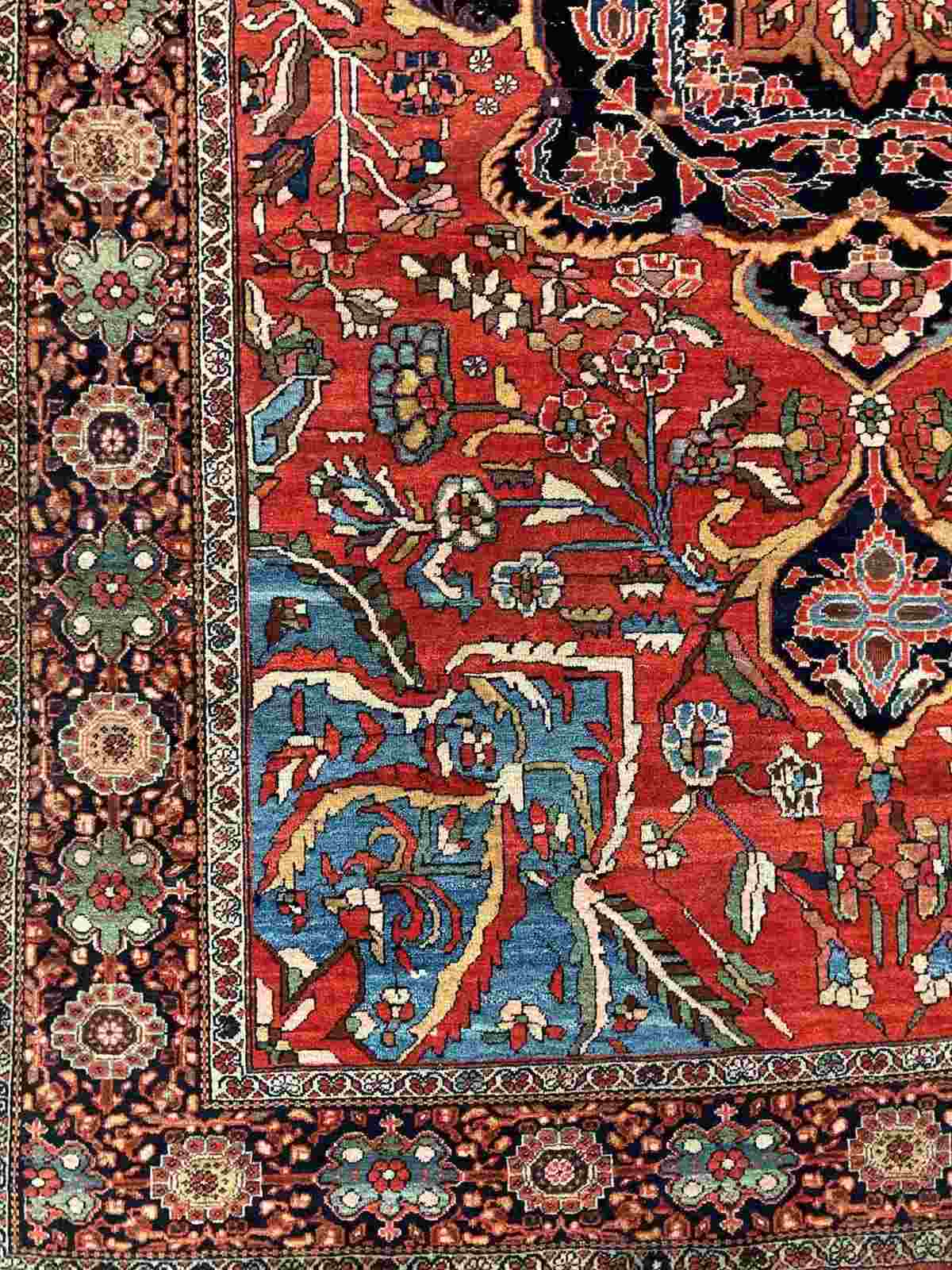
Over the years, Sarouk rugs have continued to evolve, with contemporary weavers exploring new designs and colour combinations. However, the traditional techniques and motifs remain at the heart of Sarouk rug weaving, preserving the heritage and artistry of this renowned Persian craft.
Today, Sarouk rugs are highly prized by collectors and enthusiasts around the world for their beauty, craftsmanship, and historical significance.
They are not only seen as luxurious home furnishings but also as valuable cultural artefacts that tell the story of Persian artistic excellence and the rich heritage of the Sarouk region.
What Is the Meaning of Sarouk?
The term "Sarouk" or "Saruk" refers to a region in Iran where these distinctive rugs originated. The word itself does not have a specific meaning but is associated with the place of their creation.
Sarouk rugs are woven by skilled artisans in the Sarouk region, and they showcase the artistic and cultural heritage of this area. Each Sarouk rug tells a unique story, blending the history of the region with the craftsmanship of its creators.
How to Identify a Sarouk Rug?
Identifying an authentic Sarouk rug requires attention to specific details. Here are key characteristics to look for when determining if a rug is a genuine Sarouk:
- Rich Colors: Sarouk rugs are known for their deep, jewel-toned colours. Look for hues of red, blue, ivory, and navy in the design.
- Floral Motifs: Sarouk rugs typically feature intricate floral motifs, including roses, peonies, and other blossoms. These motifs are often set against a contrasting background.
- Exceptional Craftsmanship: Examine the weave of the rug. Sarouk rugs are hand-knotted with high-quality wool, resulting in a dense and durable pile.
- Signature Medallion: Many Sarouk rugs have a central medallion design, which is a hallmark of this style.
- Subtle Sheen: Sarouk rugs often have a subtle sheen due to the use of high-quality wool and a special washing process.
Joe Rugs - Carpet Expert
Hello! I'm Joseph Rugs, the founder of CarpetJoe.com and your guide through the intricate world of carpets. Born and raised in London with a deep-rooted passion for art and culture, I've explored the globe to bring the rich tapestry of carpet weaving right to your screen. My academic background in arts and humanities from Oxford has fuelled my curiosity, leading me to uncover the stories behind every knot and weave. As a family man, my adventures are shared with my loved ones, enriching our lives with every piece of art we encounter. Join me as we explore the beauty and craftsmanship of carpets together.
Common Types or Rugs
Each type of Oriental rug has its unique charm and story, making them more than just a luxury item; they are a piece of their country's cultural legacy. Collectors and enthusiasts of Oriental and Persian rugs appreciate them not only for their aesthetic appeal but also for their cultural, historical, and artistic significance.
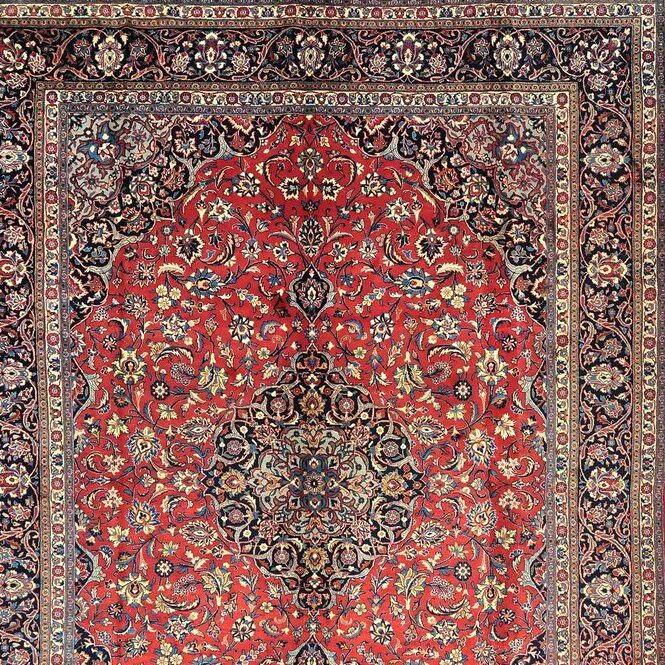
Persian Rugs
Originating from what is now modern-day Iran, Persian rugs are celebrated for their unparalleled craftsmanship and enduring beauty.
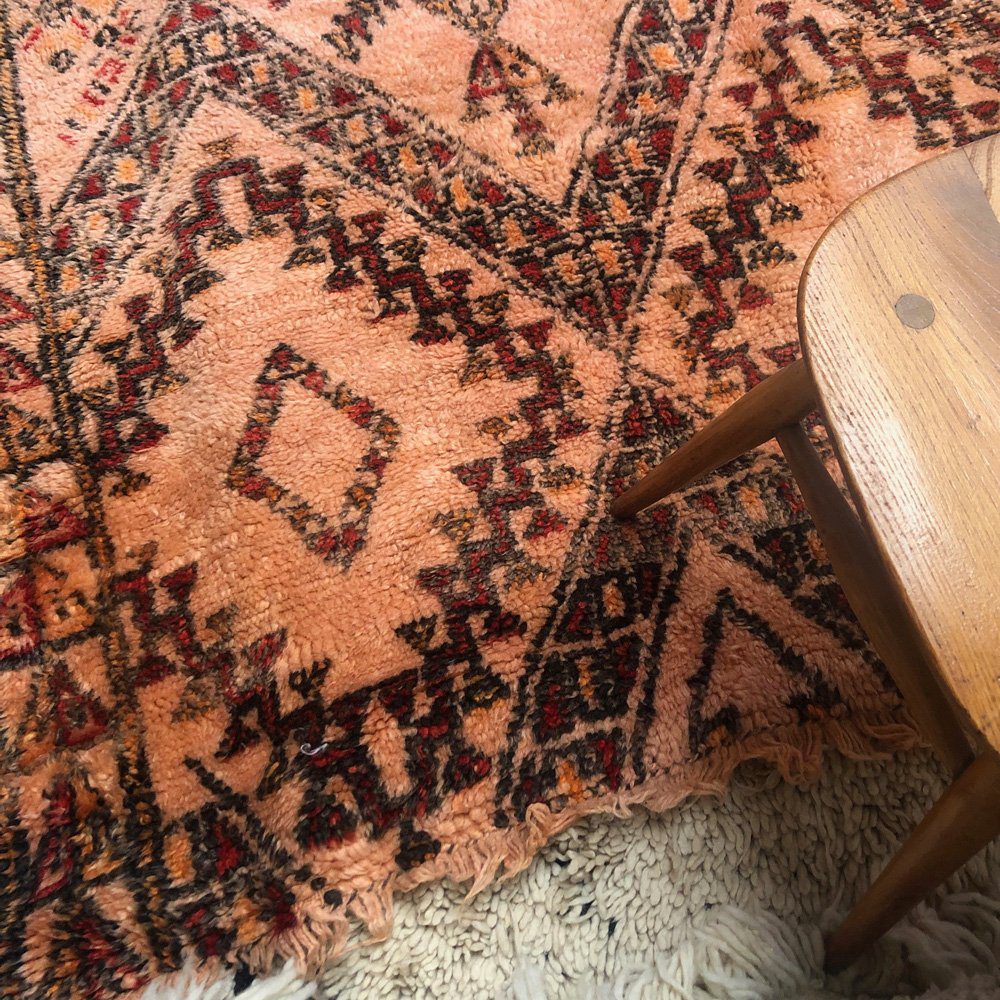
Berber Rugs
Originating from the Berber tribes of North Africa, particularly Morocco, this type of carpet is renowned for its rugged texture and resilient nature.
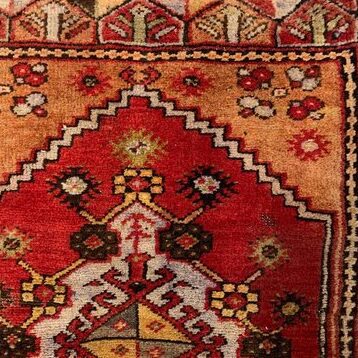
Turkish Rugs
Turkish rugs have a legacy steeped in history and artistry, and have always been a symbol of exquisite craftsmanship and cultural significance.
Carpet Care & Maintenance
Rug Cleaning Mastery and Solutions to Common Damages
Understanding the proper techniques for rug cleaning is essential for maintaining their beauty and longevity. Regular vacuuming is a key step in preventing dust and dirt accumulation. However, deeper cleaning methods, such as steam cleaning or dry cleaning, are necessary for removing stubborn stains and embedded dirt.
Steam cleaning, or hot water extraction, is particularly effective for thorough cleaning and sanitizing.
For delicate rugs, dry cleaning with special powders or solvents is advisable.
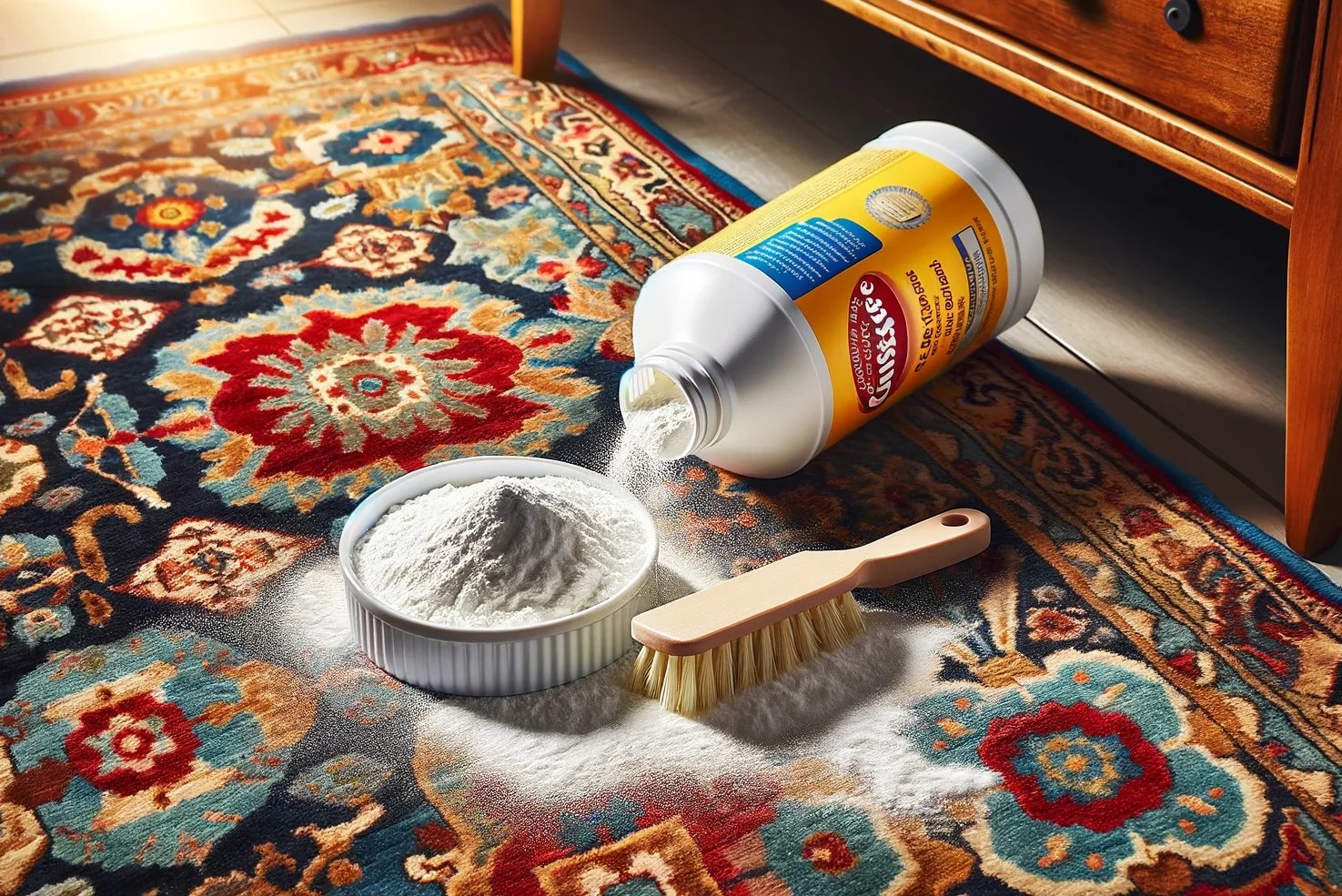
Homemade Flea Treatments for Carpets
Homemade flea treatments for carpets offer a natural and cost-effective alternative to commercial products. Read More →
Frequently Asked Questions
Identifying a Sarouk rug involves examining its rich colors, floral motifs, exceptional craftsmanship, central medallion design, and subtle sheen. These distinctive features are characteristic of Sarouk rugs.
A Sarouk rug is a type of Persian carpet known for its intricate floral patterns, vibrant colors, and exceptional craftsmanship. These rugs originate from the Sarouk region in Iran and are highly prized for their beauty and quality.
The most valuable type of Persian rug can vary based on factors like age, design complexity, material, and historical significance. While Sarouk rugs are valuable, other types like Tabriz, Isfahan, and Kashan also hold significant worth.
Persian rugs are valuable due to their intricate handcrafted designs, high-quality materials, and cultural significance. The labor-intensive process of hand-knotting, combined with the use of natural dyes and fibers, results in a product that is not only beautiful but also durable. Antique Persian rugs, especially those that are well-preserved and have historical significance, are highly sought after and can be quite valuable.
The term "Sarouk" refers to the region in Iran where these rugs are produced. It does not have a specific meaning but is associated with the place of their origin. Sarouk rugs showcase the cultural and artistic heritage of the Sarouk region.
The main differences between Persian and Turkish rugs lie in their origin, design, materials, and knotting techniques. Persian rugs are from Iran and often feature intricate floral motifs with silk inlays, while Turkish rugs are from Turkey, known for geometric patterns and tribal designs.



